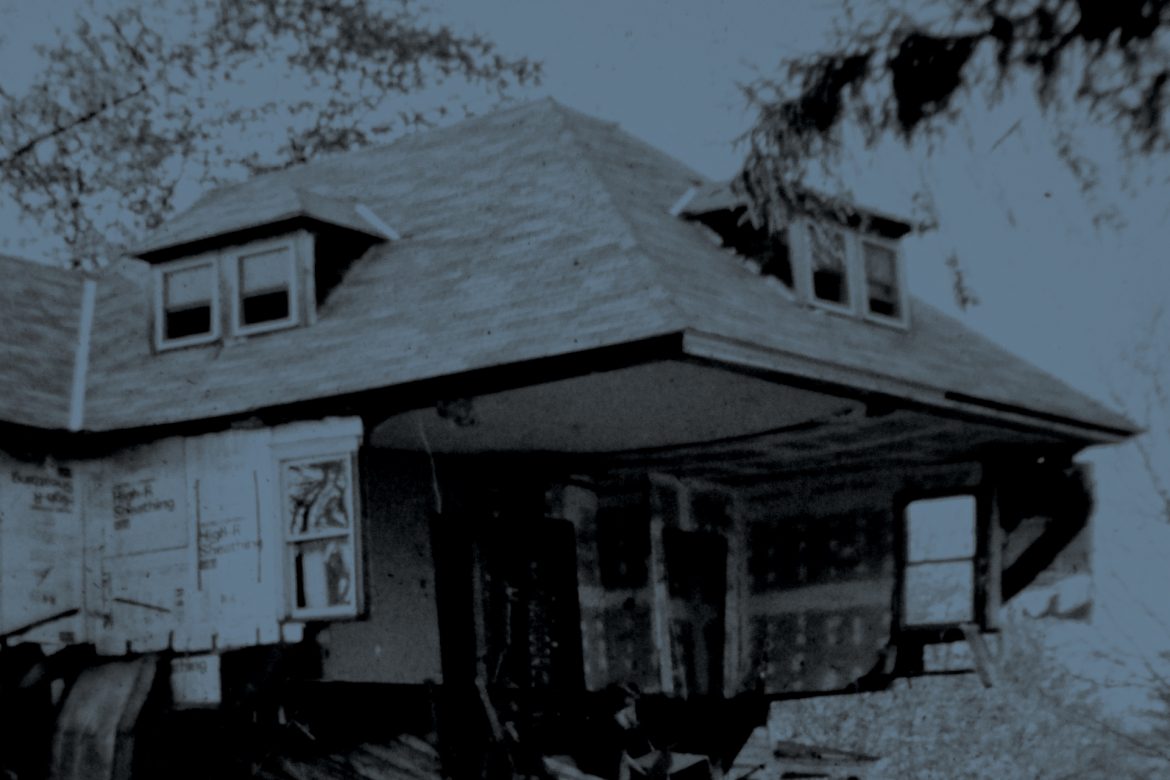There are many voices on Olivia Block’s new album “Dissolution”: voices heard over shortwave radio, over municipal broadcasts, on found microcassettes, and via who knows what other sources. The voices sound alternately hesitant, official, scared, urgent, frustrated, or business-like; they are heard as brief monologues, as excerpts from conversations, or as groups or crowds all talking at once. They are without exception affected in some way by their mediation through recording and broadcast technologies, distorted or muffled or filtered to varying degrees. Although the voices speak, the sounds they make mostly fail to condense into intelligible words, remaining a buzz or hum that at times is scarcely recognisable as a voice at all.
The sonic environment in which these voices are embedded also buzzes and hums with distortion and radio static. At times, the music is saturated with rumble, whirr, and hiss, clattering and clanging frenetically or snapping like echoing, strangely melodic gunshots. This furore is contrasted with quieter and more subtle sounds, such as a pattering like rain or beads on a metal surface, or a faint rushing of air. Thrumming chords and dark tonal glimmers are also heard, derived from recordings of flute and clarinet. Unlike other recent work by Block, where time is given to become absorbed in particular sounds and textures, the three pieces comprising “Dissolution” are constantly shifting and stop-starting; listening becomes like trying to stay on your feet in the middle of a landslide, which only serves to heighten the sense of disintegration and collapse imbued by the chosen textures and timbres.
The more the voices and their environment disintegrate, the more they come to sound alike. Trying to make sense of “Dissolution” is like trying to piece together an image of a contemporary civilisation from its already-ruined traces; it seems like all these broken shards of communication should come together to form a coherent picture, but consistently, tellingly, they don’t. The partially-collapsed house on the album’s cover is an apt metaphor for the music in more ways than one: for the sense of familiarity and recognition in the midst of ruins; for the reshaping of memory triggered by ordinary, everyday things becoming strange. If archaeologists far in the future were trying to reconstruct today’s human societies from their (our) sonic remnants, would it sound much different to them than this?

